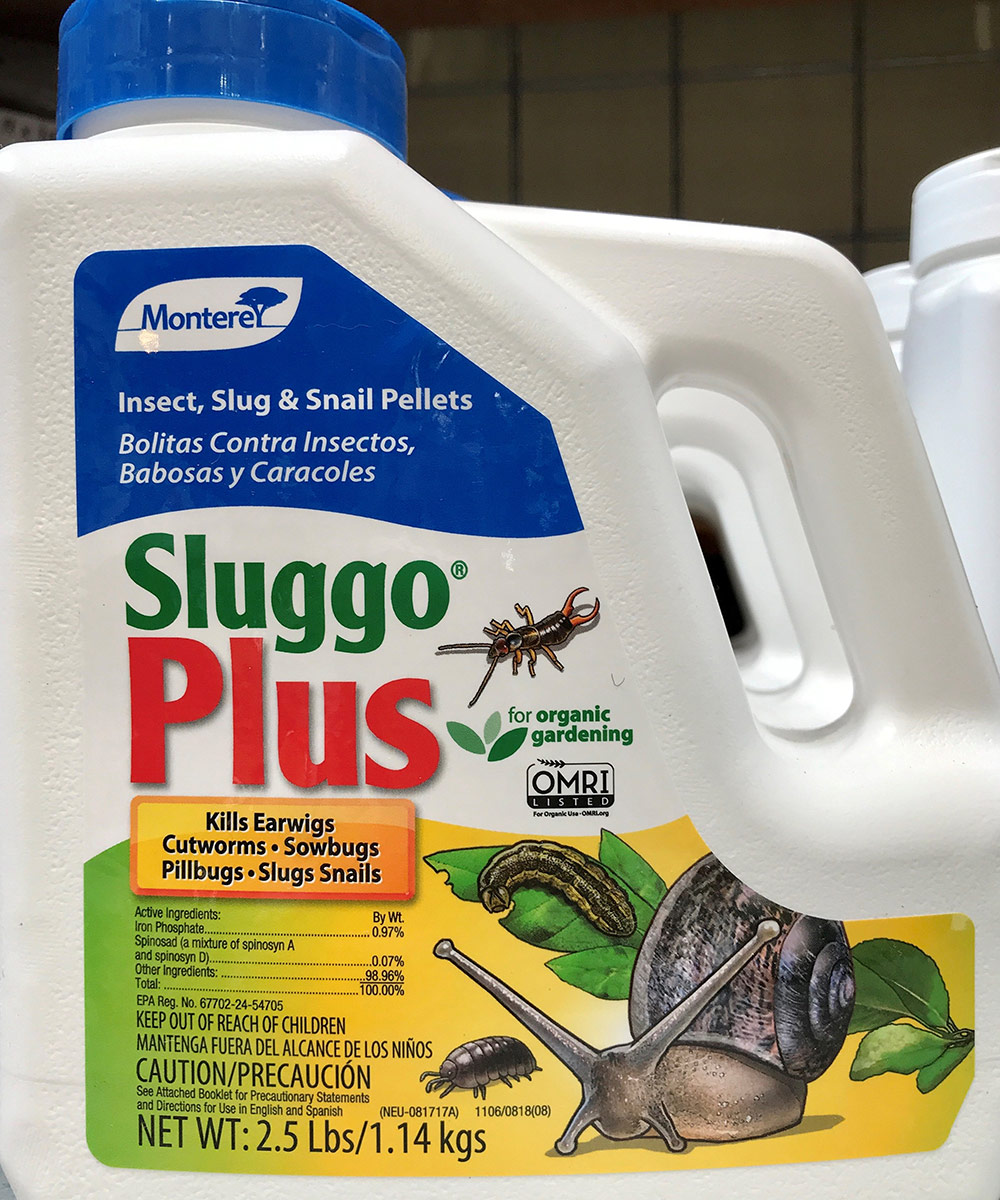
Summer is here! Vegetable gardens have yielded the first tomatoes of the season, perennial borders are overflowing with colorful blooms, fruit is ripening in the orchards, and rose bushes are flushing out with their second round of flowers. On the surface, it might appear that summer brings nothing but a profusion of delightful blooms, lush greenery, and a cornucopia of delicious summer veggies, but alongside all this flowery and fruitful abundance are the insects, birds, rodents, and larger critters that are the bane of any gardener’s existence: European earwigs.
There are so many pests that can wreak havoc in the landscape, and the list of summer-active garden menaces is long. Deer, rabbits, possums, and gophers are year-round irritants and don’t take summer breaks. Aphids, scale, slugs, and snails are also pesky much of the year, reaching peak annoyance levels during spring and autumn. Rose slugs show up in late spring, lingering on through early summer. Left unchecked, these soft-bodied sawfly larvae can skeletonize rose foliage, damage blooms, stress rose bushes and devastate a whole rose garden. Summer ripening fruit can end up feeding entire flocks of bluejays or crows—which is extremely frustrating when you’re planning on cherry or peach pies! In the veggie garden, cucumber beetles bother all cucurbits, flea beetles pester eggplants and bean crops, and tomato hornworms chew their way through the tomatoes. But the “Worst All-Round Summer Pest” award must go to the European earwig (Forficula auricularia). Native to Europe, this voracious, omnivorous insect first arrived in the United States in 1907. It spread fast all over the country, reaching the West Coast by 1923.

What is an earwig?
Earwigs (aka pincher bugs) are slender insects that get their name from an old myth that they crawl into ears and tunnel into brains while a person is asleep. While this superstition has zero truth to it, earwigs—with their oversize, curved pinchers—are still quite frightening up close. Ranging in size from ¼ to 1 inch long, earwigs have elongated, leathery, flattened bodies, six legs, and antennae that measure about half of their body length. These pesky critters are really only a problem during summer, but they can be a big problem if their population is not controlled. They are most active at night and hide during the day in dark, confined, damp areas.

How to spot earwig damage in the garden
Earwigs are voracious and eat a variety of vegetables, soft fruit, and flowers. They chew holes in mature leaves, berries, and blossoms, and can devour whole seedlings and young plants easily. Earwig feeding can be confused with slug and snail damage, but those gastropods can be ruled out as the perpetrators in the absence of a slime trail. An out-of-control earwig infestation can even look like a rabbit invasion.
How to control or eradicate earwig populations organically
Nobody likes a lowly insect wreaking havoc in the garden. Luckily, you can keep these unwelcome creatures in check. Unless all else fails (which it won’t), avoid broad-based pesticides—they hurt good bugs as well as bad—and try the following safe, easy-control methods instead.

Tidy up: Monitor for and clear away potential earwig hiding places, including plant debris, bricks, downed fruit, overturned flower pots, and lumber piles. Loose, airy mulch can also shelter earwigs.
Watch for damp spots: Earwigs love dark, damp places, so minimize excess moisture and keep soil surfaces on the drier side, if possible. Ensure that your landscape has good drainage and your irrigation system is free of leaks.
Create a haven for earwig predators: Natural enemies include toads, birds, and lizards, which can all play an important role in controlling the earwig population, so encourage these beneficial creatures to take up residence in your garden.

Set out traps: A regular trapping program is crucial. Rolled-up newspapers or short lengths of PVC pipe make excellent lodging for an earwig. Place them where you suspect an infestation, and in the morning shake out the newspaper or pipe over a pail of soapy water. Alternatively, sink tuna fish cans or empty yogurt containers into the soil overnight for easy earwig access after you’ve filled them halfway with a tasty 50-50 mixture of vegetable oil and soy sauce. Prepare to be amazed in the morning. My hens rate marinated earwigs among the best treats ever.

If the above tricks don’t control the earwig infestation and you need to resort to something stronger, Sluggo Plus is the way to go. An environmentally friendly pelleted bait approved for organic gardening, Sluggo Plus eradicates not only earwigs but also sowbugs, slugs, snails, and pillbugs. As always, follow all directions on the label for best results.
Hopefully these earwig-eradicating tips will help you enjoy the beauty of your garden this summer.
—Fionuala Campion is the owner and manager of Cottage Gardens of Petaluma in Petaluma, California.
Photos: Fionuala Campion


















Comments
Log in or create an account to post a comment.
Sign up Log in